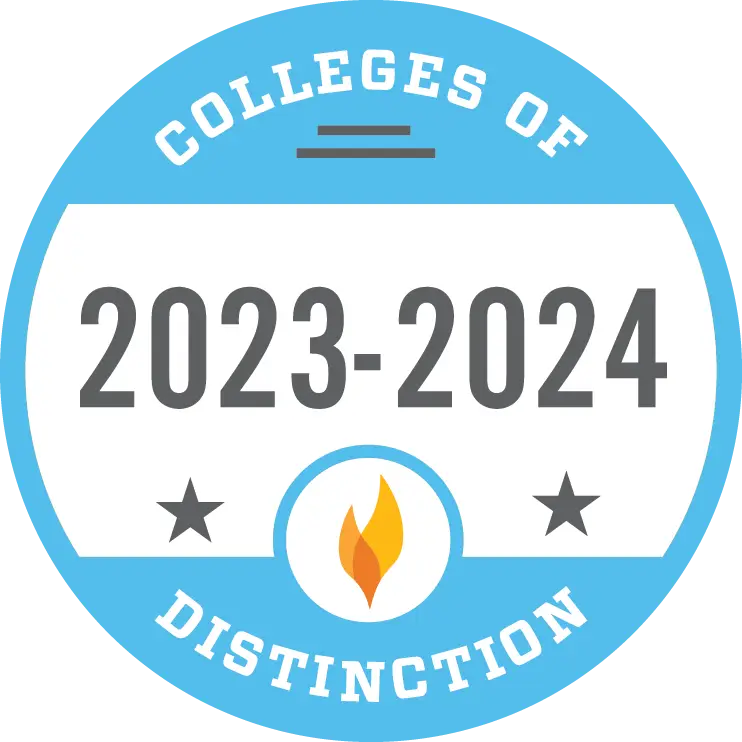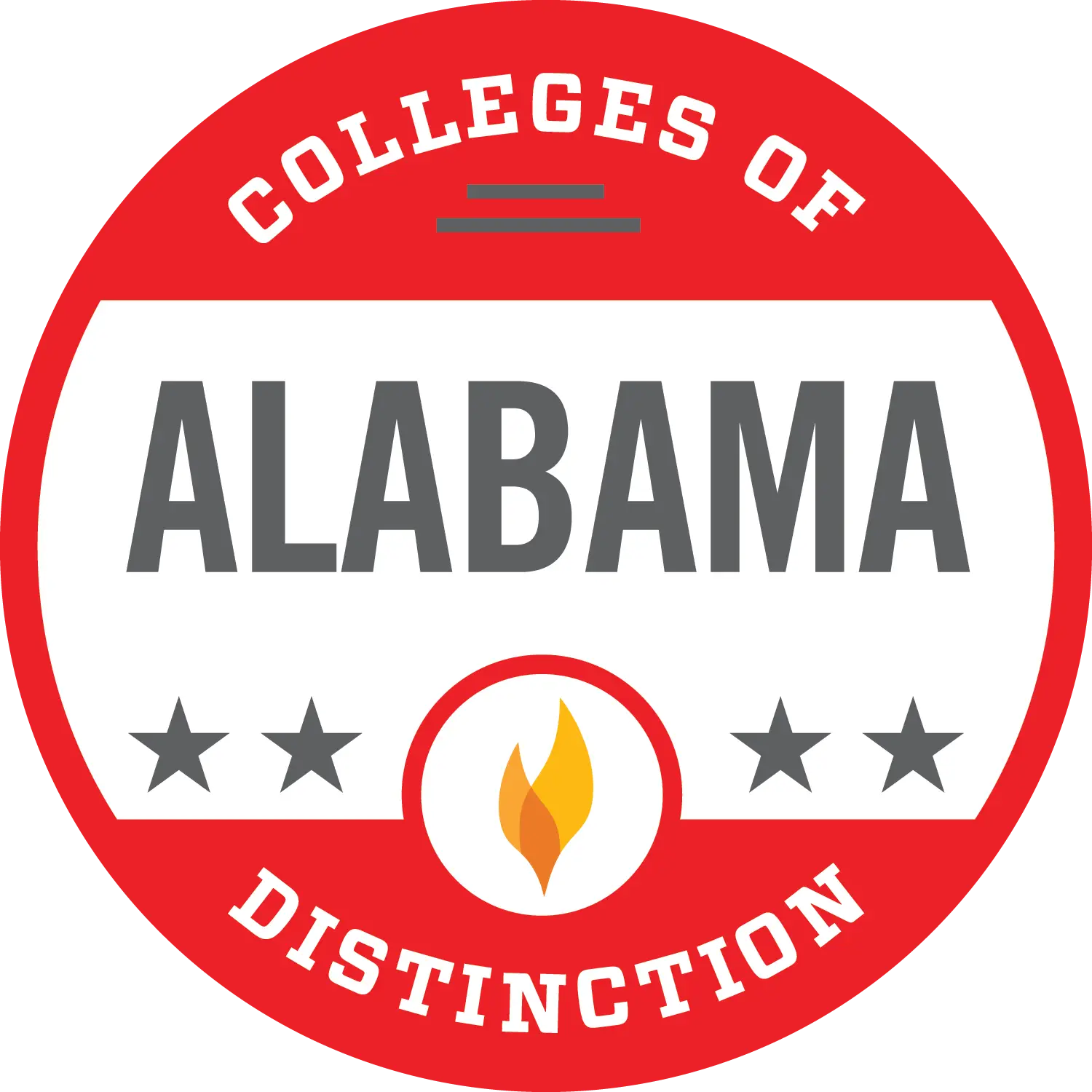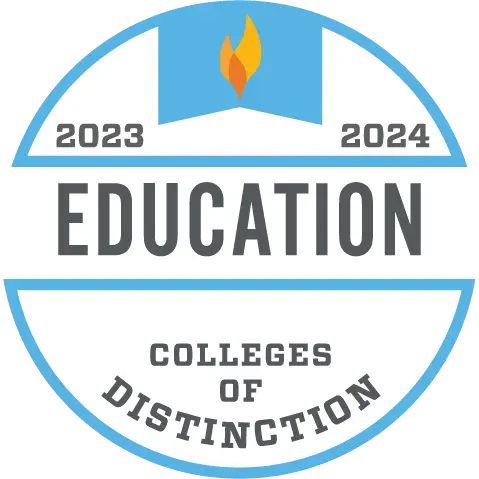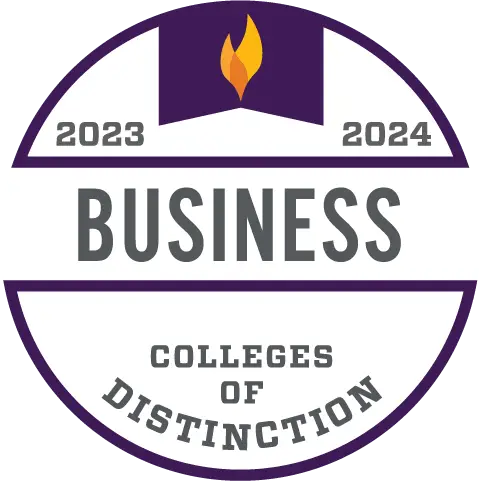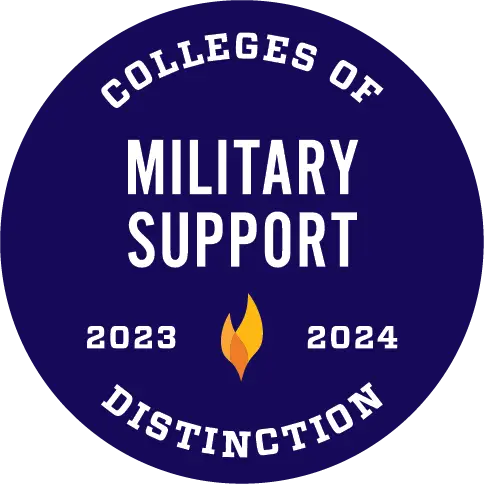Accreditation with the Council for the Accreditation of Educator Preparation (CAEP)
The Stillman College School of Education is committed to preparing educators who are reflective practitioners, capable of meeting the diverse needs of learners in a global society. The School of Education adheres to the standards set forth by the Council for the Accreditation of Educator Preparation (CAEP) and continuously seeks to improve its programs through data-informed decision-making.
The Program is accredited in the following program areas: Elementary Education, Physical Education, and Collaborative Teacher/Special Education K-6. The Educator Preparation Program is also approved to issue secondary school endorsements in the following areas: Physical Education P-12, General Science, Social Studies-History, Language Arts, Visual Arts, Vocal-Choral Music P-12, and Vocal-Instrumental Music P-12.
CAEP Annual Reporting Measures
The Council for the Accreditation of Educator Preparation (CAEP) requires programs to provide performance measures to the public regarding four categories related to program impact and program outcomes. The items below provide summary data for each of the four measures.
CAEP Annual Reporting Measure 1: Completer effectiveness
Alabama State Department of Education Limitations: The Alabama State Department of Education does not provide student learning data directly linked to EPP completers, making it difficult to directly demonstrate the impact of initial teacher preparation. Therefore, Stillman College utilizes case studies to demonstrate our graduates’ effectiveness in contributing to P-12 student-learning growth and their ability to apply professional knowledge, skills, and dispositions in the P-12 classroom. This case study approach analyzes multiple data points to demonstrate impact.
Data Summary
- Case Study Period: 2020-2023
- Completer Population: 3 initial teacher education graduates working within the Tuscaloosa City Schools system.
- Measures
- i-Ready Diagnostic for Reading to assess P-12 student growth (Elementary Education).
- National Physical Fitness Assessment (Physical Education)
- Tuscaloosa City Schools Educator Observation Tool.
- Alabama Teacher Observation Tool (ATOT) to assess observable teaching behaviors.
- Cognia’s Effective Learning Environments Observation Tool (eleot) for classroom environment assessment.
Key Findings
- Student Growth: Despite the socioeconomic challenges faced by their schools, all completers made a remarkable impact on student reading achievement. While not all students reached the “low-risk” category, our graduates achieved significant progress. There was a substantial reduction in the percentage of students categorized as “high-risk” of failure, demonstrating a positive shift in reading achievement.
- Professional Skills:
- Strength: Completers excel in creating positive, inclusive classrooms and fostering strong teacher-student relationships (high scores on relevant culture and climate dimensions).
- Areas for Improvement: Data suggests a need for greater emphasis on foundational reading.
CAEP Annual Reporting Measure 2: Satisfaction of employers
Due to the Alabama State Department of Education not providing data directly linking student learning outcomes to specific EPP completers, we utilize multiple measures to assess the effectiveness of our graduates. This includes the ALACTE New Teacher Employer Survey, where principals and administrators evaluate our first and second year teachers. Our most recent data shows our students performing at or above Alabama state counterparts in all measured InTASC categories. Additionally, the Alabama Association of Colleges for Teacher Education’s survey of first-year teacher employers indicates that the overwhelming majority of Stillman College’s initial program completers were rated as “Effective or Emerging,” with minimal “Ineffective” ratings. For a more detailed analysis of our graduates’ performance, please see the attached report cards for the 2021-2022, 2022-2023, and 2023-2024 cycles.
CAEP Annual Reporting Measure 3: Candidate competency at completion
While there were no program completers for the 2022-2023 academic year, the program maintains a strong track record. We achieved a 100% pass rate on the Praxis subject area tests and edTPA for the 2021-2022 cycle, and we anticipate a similarly successful outcome for the upcoming 2023-2024 cycle. This demonstrates that all potential completers are well-prepared to meet licensing and state requirements.
CAEP Annual Reporting Measure 4: Ability of Completers to be hired
There were no completers for the 2022-2023 academic year. This contrasts with the previous cohort (n=2), who all secured jobs in teaching positions related to their preparation. The class of 2023-24 is expected to have three completers who have already interviewed for positions for Fall 2024.

